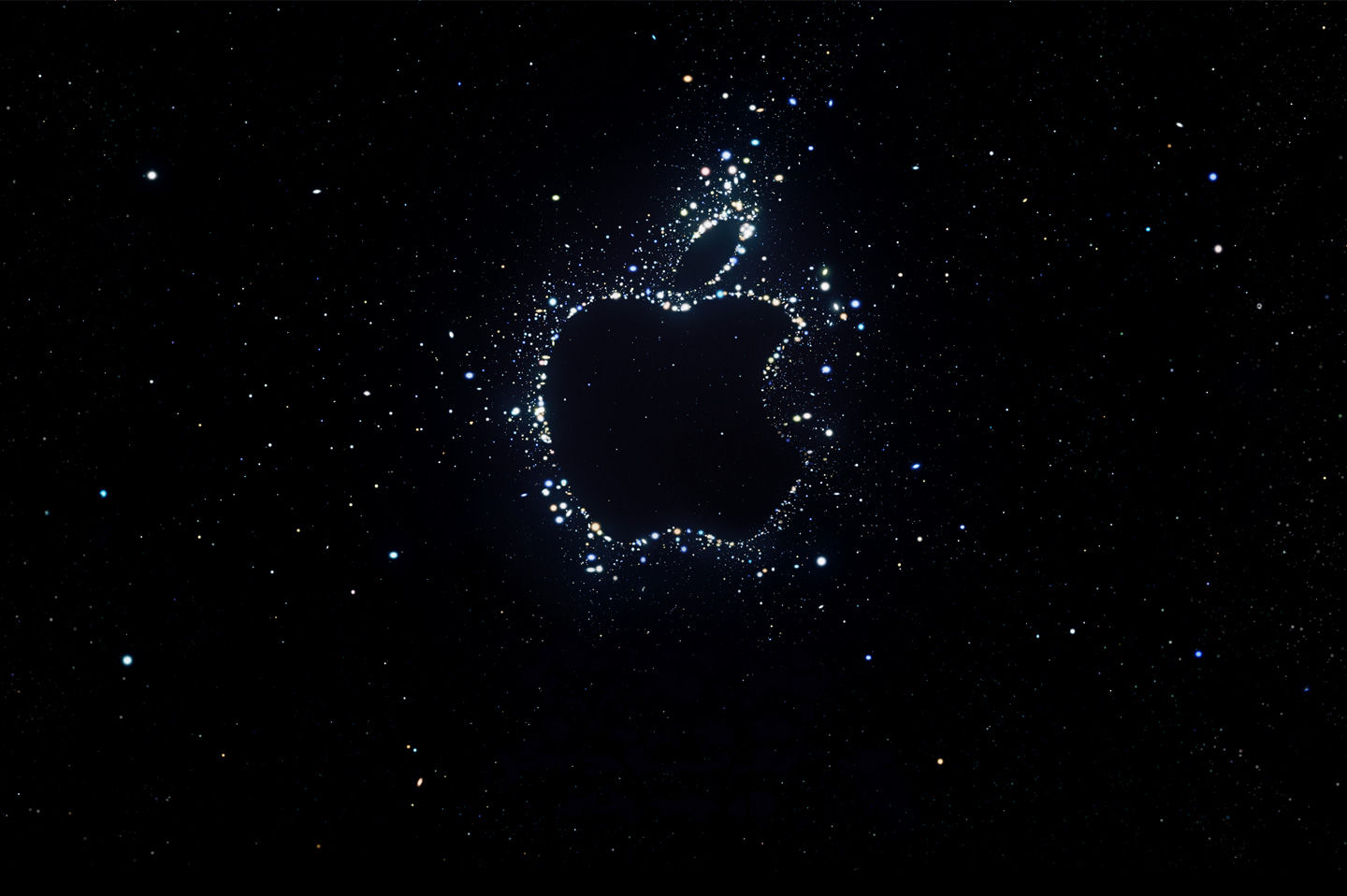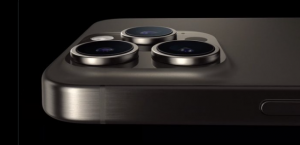Apple is set to launch the iPhone 14 today. With the launch, four variants of the iPhone will hit markets later this year. The company is also likely to announce new installments of hardware and hopefully, a brand new piece of technology altogether.
At the launch of the first iPhone in 2007 the co-founder of Apple, Steve Jobs had said that it was three devices rolled into one: a “widescreen iPod with touch controls, a revolutionary mobile phone, and a breakthrough internet communications device.”
Since then, there’s been an iPhone release nearly ever year. In the first few years or so there was a always something new that Apple was adding to the iPhone. Now, those innovations seem to have plateaued in favour of larger screens, better features, enhanced security and high-end specs. But that doesn’t mean that the iPhone has stopped making headlines year after year.
Here’s a look at some of the revolutionary iPhones that Apple introduced.
The iPhone (2007)
The foundation stone of the modern mobile phone industry. Apple’s first mobile phone introduced the world to a world without a physical keyboard and the multi-touch display. Despite its success, the phone lacked 3G connectivity and the Apple App Store.
The 3G Era (2008-2009)
Apple released the App Store with the iPhone 3G in 2008, adding 3G connectivity and GPS functionality. With the App Store, developers found a whole new world opened up in front of them, with many turning to create games for the iPhone.
The 2009 iPhone 3GS brought along a faster processor but other than that, it remained largely the same, apart from bringing in the copy and paste text functionality to the iOS ecosystem.
The 4 and 4S (2010-2011)
Apple’s release of the iPhone 4 in 2010 brought with it bragging rights. The phone was considered the slimmest in the world at the time. iPhone 4 brought along a front facing camera for users to Facetime each other and iOS4, which let users multi-task on their phone. However, the system was plagued by connectivity issues because of issues with the antenna.
The 4s in 2011 brought a redesigned antenna to fix the connectivity issues along with a new 8 megapixel camera. That’s not all, the iPhone 4S brought along Siri – Apple’s voice assistant (ahead of its time but gimmicky). The 4S released on October 4, Steve Jobs succumbed to his pancreatic cancer the next day.
Also Read | Apple Far Out Event 2022: Why the iPhone 14 may be more expensive in India
The 5 era (2012-2013)
Apple’s first major redesign as the company enlarged its screen size to 4 inches and gave the iPhone 5 an aluminium body to make it lighter.
In 2013, the company released two phones, the iPhone 5S and iPhone 5C. The former brought along Apple’s first major tech breakthrough in a while, the Touch ID fingerprint scanner. Its success led to fingerprint scanners becoming an industry standard.
The iPhone 5C didn’t do anything different except change the aluminium body out for a polycarbonate shell one. Despite a lower price than the 5 and the 5S, the phone didn’t compete well with cheaper Android phones.
The iPhone 6 (2014)
In 2014, the iPhone 6 and 6 Plus were released with a 4.7 inch screen and a 5.5 inch screen respectively. Though the improvements were more linear this time around, with improved cameras and better features, the standout was the fact that they would bend easily, leading to “Bendgate” becoming that year’s iPhone scandal.
Also Read | Apple’s ‘Far Out’ launch event: 3 things to look out for
The iPhone 7 (2016)
In a controversial move, Apple removed its headphone jack, to massive outrage, with some saying that if Steve Jobs were alive, such a thing would never have happened. Where Apple called it “courage”, critics deemed it arrogance. But Apple never went back on its decision.
It also added new features to its cameras and included the Portrait Mode which allowed a virtual shallow depth-of-field on subjects.
The iPhone X (2017)
The iPhone X aka iPhone 10 redesigned the iPhone, changing it completely. The new body lacked a home button, but included an edge-to-edge OLED display and a stainless steel chassis. It was also the first iPhone to include the Face ID biometric scanner. Its retail price – $999 – while outrageous did nothing to stem its popularity, setting the bar for how much premium flagships would cost in the future.
The iPhone X was the last of Apple’s industry defining changes. Since then, its releases from the iPhone SE to the iPhone 13 have had more lateral upgrades. The company has improved its processor chips as well as its cameras.
This time around, rumour has it that Apple has split its iPhone 14 into four variants, the iPhone 14 Pro Max, the iPhone 14 Pro, the iPhone 14 Plus and the vanilla variant, the iPhone 14.






